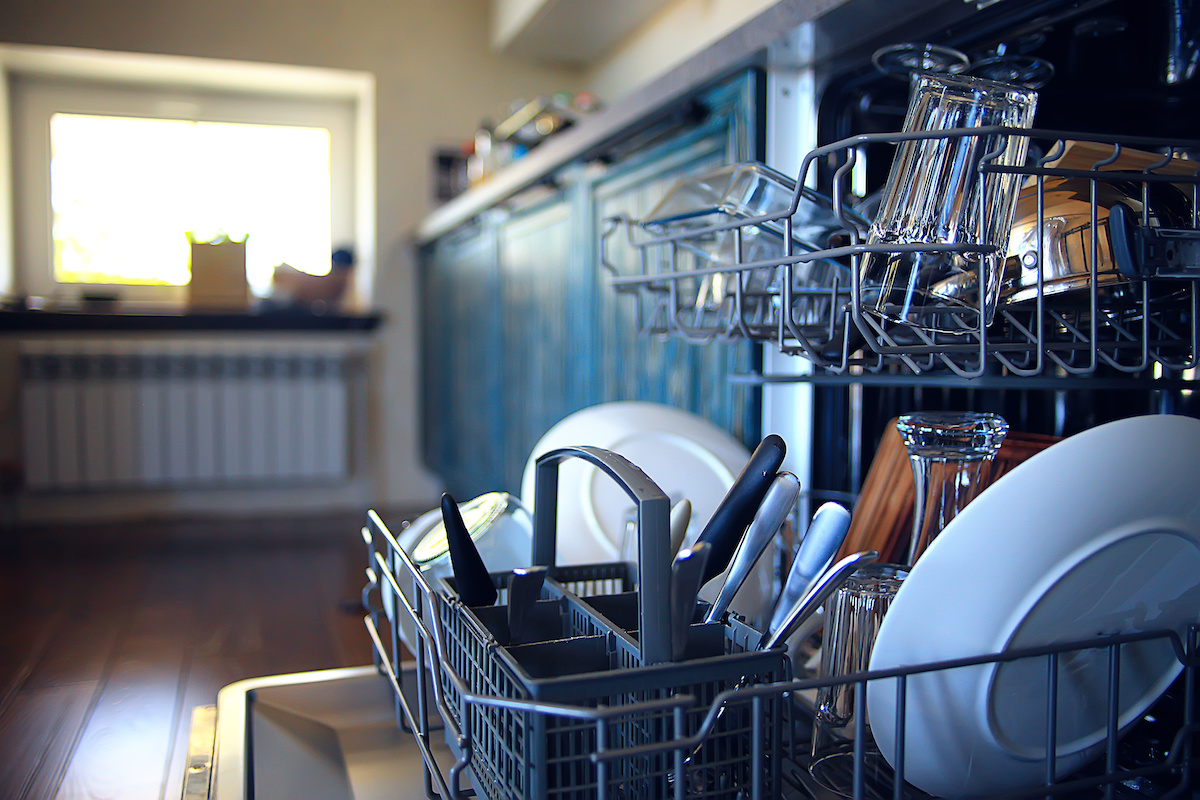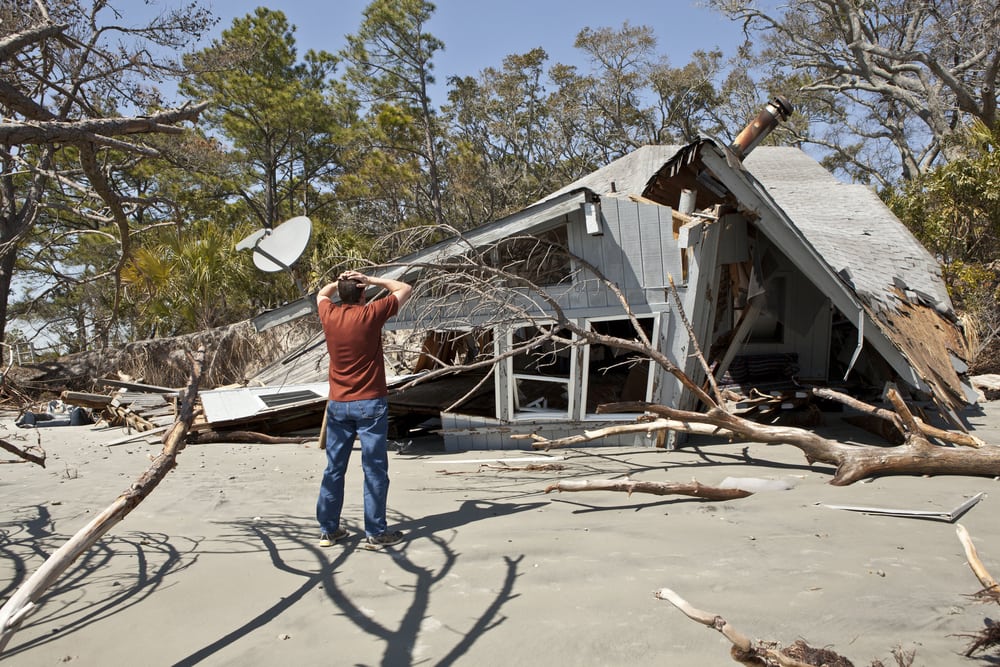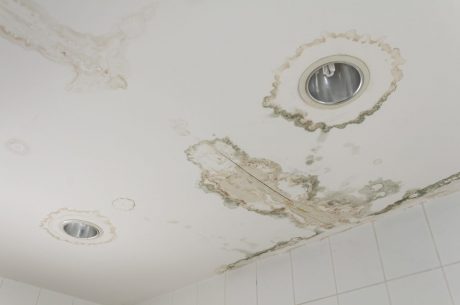Table of Contents

Water damage to kitchen cabinets is a common issue that many homeowners face, often leading to unsightly damage, structural weakening, and even mold growth. Whether caused by a slow leak, a burst pipe, or an accidental spill, water damage can severely affect the aesthetics and functionality of your kitchen. In this comprehensive guide, we’ll explore how to fix water-damaged kitchen cabinets and offer practical tips to prevent future damage.
Identifying Water Damage in Kitchen Cabinets
Before you can fix water-damaged kitchen cabinets, it’s essential to identify the signs of damage. Common indicators include:
- Warping: Wood that has absorbed water often warps, leading to a distorted appearance.
- Discoloration: Water stains or changes in color on the cabinet surfaces are clear signs of water damage.
- Mold Growth: Persistent moisture can lead to mold or mildew, which is hazardous to health and further weakens the wood.
- Softened or Swollen Wood: The cabinet wood may feel softer than usual or may swell due to prolonged exposure to water.
Identifying these signs early can help you address the problem before it worsens.
How to Fix Water-Damaged Kitchen Cabinets
Once you’ve identified water damage in your kitchen cabinets, it’s time to take action. While some minor issues can be addressed with DIY methods, water damage often requires professional water damage restoration to fully restore your cabinets and prevent further issues. Call us on +1 305 894-4343 for immediate intervention and fixing in Miami, Coral Gables, or in any part of South Florida.

However, below is a step-by-step guide to fixing water-damaged kitchen cabinets:
1. Assess the Extent of the Damage
Examine the damage to determine whether the cabinets can be repaired or need to be replaced. Minor damage, such as discoloration or small warps, can often be fixed, while severe cases may require replacing the cabinet or parts of it.
2. Dry Out the Cabinets
Before making any repairs, it’s crucial to dry out the cabinets completely. Use fans, dehumidifiers, or even a hairdryer to remove all moisture. Ensuring that the cabinets are dry will prevent further damage and inhibit mold growth.
3. Remove Damaged Parts
If parts of the cabinet, such as the doors or shelves, are severely damaged, remove them. This may include sanding down warped areas or cutting out and replacing parts of the wood that are too damaged to repair.
4. Repair the Damage
For minor warping, you can use wood glue and clamps to reshape the wood. Fill any cracks or holes with wood filler and sand the area smooth. If the cabinets are discolored, you may need to sand the affected area and refinish it with stain or paint to match the rest of the cabinet.
5. Reinforce the Cabinet Structure
Water-damaged kitchen cabinets may have weakened structures. Reinforce the cabinet by adding brackets, screws, or additional supports where necessary to ensure the cabinets are sturdy.
6. Replace Hardware
If the cabinet hardware, such as hinges or handles, has rusted or corroded due to water exposure, replace them with new ones. This simple step can also enhance the overall appearance of your cabinets.
7. Seal and Finish
After repairing the damage, it’s essential to seal the cabinets with a water-resistant finish. This will protect the wood from future water exposure. Consider using a high-quality varnish, polyurethane, or another sealant designed for kitchen use.
Preventing Water Damage to Kitchen Cabinets
Prevention is always better than cure, especially when it comes to water damage in kitchen cabinets. Here are some effective strategies to prevent future damage:
1. Fix Leaks Promptly
One of the most common causes of water damage to kitchen cabinets is plumbing leaks. Regularly inspect your kitchen plumbing and fix any leaks immediately to prevent water from seeping into your cabinets.
2. Install Splash Guards
Consider installing splash guards or waterproof barriers around your sink, dishwasher, and other water sources. These can help prevent water from reaching your cabinets during everyday kitchen use.
3. Use Water-Resistant Materials
When choosing materials for your kitchen cabinets, opt for water-resistant options like marine plywood or laminated wood. These materials are less likely to absorb water and are more resistant to damage.
4. Seal Cabinet Edges
Water often seeps into cabinets through unsealed edges. Apply a waterproof sealant to the edges and joints of your cabinets to create a barrier against moisture.
5. Keep Cabinets Dry
After cleaning your kitchen or washing dishes, ensure that your cabinets are dry. Wipe up any spills immediately and avoid leaving wet cloths or sponges on or near the cabinets.

6. Regular Maintenance
Regularly check your cabinets for signs of wear and tear. Reapply sealant or finish as needed, and address any small issues before they become significant problems.
Conclusion
Water damage to kitchen cabinets can be a challenging issue to deal with, but with the right approach, you can fix water-damaged kitchen cabinets and prevent future problems. By identifying the signs of water damage early, following a thorough repair process, and taking preventive measures, you can keep your kitchen cabinets in excellent condition for years to come. Remember, the key to maintaining beautiful and functional kitchen cabinets is regular maintenance and prompt action at the first sign of water damage.
Call us on +1 305 894-4343 for immediate intervention and fixing of water damage in Miami, Coral Gables, or in any part of South Florida.
1. What are the common causes of water damage to kitchen cabinets?
Water damage to kitchen cabinets is often caused by leaks from plumbing fixtures, such as sinks, dishwashers, or pipes, as well as spills, high humidity levels, and floods. Over time, these issues can lead to warping, mold growth, and deterioration of the cabinet materials.
2. How can I identify water damage in my kitchen cabinets?
Signs of water damage to kitchen cabinets include discoloration, swelling, warping, or bubbling of the wood or laminate surfaces. You might also notice a musty smell, which indicates mold growth, or that the cabinets feel soft or spongy to the touch.
3. Can water-damaged kitchen cabinets be repaired, or do they need to be replaced?
In many cases, water-damaged kitchen cabinets can be repaired if the damage is minor and caught early. Repair options may include drying out the cabinets, replacing damaged sections, and refinishing surfaces. However, if the damage is extensive, especially if mold is present, replacement might be necessary.
4. What are some effective methods for fixing water-damaged kitchen cabinets?
Fixing water-damaged kitchen cabinets involves several steps:
Remove any standing water and thoroughly dry the cabinets.
Replace or repair damaged sections.
Sand and refinish the affected areas.
Apply a water-resistant sealant to protect the cabinets from future damage.
5. How can I prevent water damage to my kitchen cabinets in the future?
Preventing water damage to kitchen cabinets includes ensuring proper ventilation in the kitchen, promptly addressing any leaks or spills, installing waterproof cabinet liners, and regularly checking plumbing for signs of wear or leaks.



 PuroClean of Coral Gables
PuroClean of Coral Gables